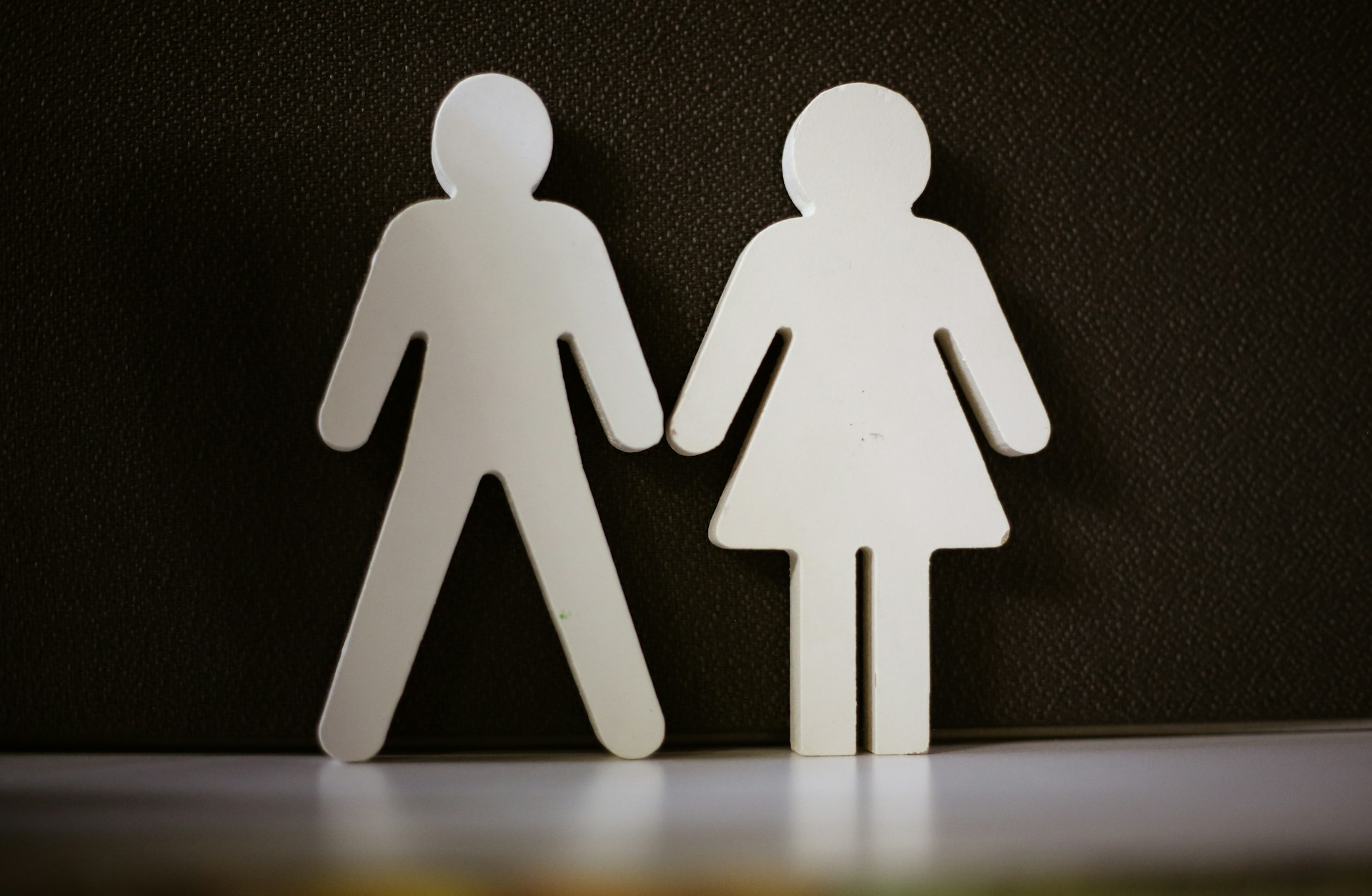Understanding Gender Differences in Health and Wellness: Actionable Insights for Better Outcomes


Photo by Angelo Moleele on Unsplash
Introduction
Health and wellness are not experienced the same way by everyone. Biological sex and gender identity play significant roles in shaping health outcomes, risk factors, and approaches to wellbeing. Understanding these differences is essential for creating effective wellness programs, designing targeted interventions, and promoting equitable health for all. This article explores the latest research on gender differences in health and wellness, offering actionable steps and guidance for individuals, families, and organizations aiming to close the gap.
Global Trends: How Gender Shapes Health Outcomes
Over the past three decades, research has consistently shown that men experience more premature death, while women live longer but spend more years in poor health . For example, a recent global study found that males face a higher burden of fatal diseases, such as heart disease, while females are more likely to suffer non-fatal but chronic conditions, including depression and musculoskeletal disorders. Notably, between 1990 and 2021, the difference in disability-adjusted life years (DALYs) related to diseases like diabetes nearly tripled between males and females, underscoring persistent and evolving disparities [1] .
Despite longer life expectancy, women are disproportionately affected by chronic illnesses that limit their quality of life, especially at older ages. Meanwhile, men continue to experience higher rates of early mortality, emphasizing the need for tailored approaches to both fatal and non-fatal health challenges in each group.
Mental Health and Wellbeing: The Gender Paradox
When it comes to mental health , differences are complex. Women report higher life satisfaction and happiness on average, yet they also experience more negative emotions and higher rates of mental health disorders, such as depression and anxiety, compared to men. Paradoxically, men have higher suicide rates, possibly due to underdiagnosis or different expressions of mental health challenges. These patterns hold true across many countries and have even widened in recent decades, indicating that women’s relative wellbeing has declined globally [3] .
To address these disparities, organizations and individuals can:
- Promote open discussions about mental health for all genders
- Seek mental health services tailored to gender-specific needs
- Encourage regular mental health screenings and support for both men and women
- For information and support, consider searching the official websites of the National Institute of Mental Health (NIMH) or the World Health Organization (WHO)
Chronic Diseases and Physical Health: Differences and Risks
Physical health risks and disease patterns also differ by gender. For example, men over age 65 are more likely to have heart disease than women, but women with diabetes face a higher risk of developing heart disease than men with diabetes. Women also have higher rates of functional limitations and disabilities in later life, affecting their independence and quality of life [5] . In addition, women are more likely to develop certain chronic conditions, such as osteoporosis and autoimmune diseases, while men are at higher risk for conditions like liver disease and certain cancers.
Understanding these risks enables more effective prevention and early intervention. To reduce chronic disease risk, both men and women should:

Photo by Marek Studzinski on Unsplash
- Get regular medical check-ups and screenings appropriate for their age and gender
- Maintain a healthy diet, exercise regularly, and avoid smoking
- Know their family medical history and share this with healthcare providers
- Consult reputable sources such as the American Heart Association or Centers for Disease Control and Prevention for gender-specific guidance
Self-Perception, Wellness Behaviors, and Motivation
Research shows that men and women often perceive their health similarly , despite differing disease burdens. In a large workplace wellness study, men reported more health problems (like hypertension and diabetes), but women had lower self-efficacy (confidence) in maintaining physical activity, even though both genders felt equally capable of maintaining a healthy diet. These insights suggest that wellness programs should be tailored to address the unique motivations and barriers faced by each gender [2] .
For organizations developing wellness initiatives:
- Assess the unique needs and challenges of male and female participants
- Offer gender-specific resources, such as women’s fitness groups or men’s mental health workshops
- Encourage peer support and mentorship across genders
- Review the latest guidelines and toolkits from the U.S. Department of Health and Human Services for evidence-based strategies
Gender Differences in Late Life and Aging
As people age, gender differences in health and wellness become more pronounced. Studies indicate that women are more likely to report poor self-rated health and experience functional limitations compared to men, especially in later years. However, these gaps narrow in countries with higher educational attainment and among those who maintain an active lifestyle [4] .
Older adults and caregivers can improve health outcomes by:
- Staying physically active with exercises suited to individual ability and health status
- Engaging in lifelong learning and social activities
- Accessing community support services, such as local senior centers and wellness programs
- Discussing personalized care plans with healthcare providers for gender-sensitive support
Accessing Services and Resources: Practical Steps
To address gender-specific health needs, individuals and organizations can take several practical steps:
- Identify Your Needs: Reflect on personal or organizational health challenges, considering both biological and psychosocial factors that may be influenced by gender.
- Seek Gender-Responsive Care: Ask your healthcare provider about gender-specific risks and recommended screenings. Many community clinics offer women’s or men’s health services; contact your local health department for referrals.
- Utilize Official Resources: For up-to-date information on gender health, visit established organizations such as the Centers for Disease Control and Prevention (CDC) Women’s Health and CDC Men’s Health pages, or search for local resources through your city or state health department websites.
- Participate in Wellness Programs: Many employers and community organizations offer wellness initiatives that can be tailored to gender-specific needs. If your current program lacks these options, provide feedback and request the inclusion of activities or resources that address specific challenges faced by men or women.
- Stay Informed: Sign up for newsletters or alerts from reputable sources like the American Heart Association, National Institutes of Health, or World Health Organization to receive the latest research and guidance on gender differences in health.
If you need help finding specific programs or support, you can also contact your local health department or search for ‘gender health programs’ along with your city or state for targeted results.
Key Takeaways and Moving Forward
Recognizing and addressing gender differences in health and wellness is crucial for improving outcomes across the lifespan. While men and women face distinct risks and challenges, both benefit from healthy behaviors, regular screenings, and access to gender-sensitive care. Organizations and individuals can drive progress by advocating for inclusive wellness programs, seeking out reliable resources, and remaining proactive about their health needs.
For more guidance, consult with your health professional and visit official agency websites for the most current recommendations tailored to your gender and age group.
References
- Institute for Health Metrics and Evaluation (2024). Global study reveals stark differences between females and males in health loss and disease burden.
- Sood, R. et al. (2019). Gender Differences in Self-perception of Health at a Workplace Wellness Center.
- University of Oxford Wellbeing Research Centre (2024). Mind the Gap: Research identifies worrying wellbeing disparities between men and women on a global scale.
- Carmel, S. (2019). Health and Well-Being in Late Life: Gender Differences Worldwide.
- Rush University Medical Center (2023). How Gender Affects Health.






